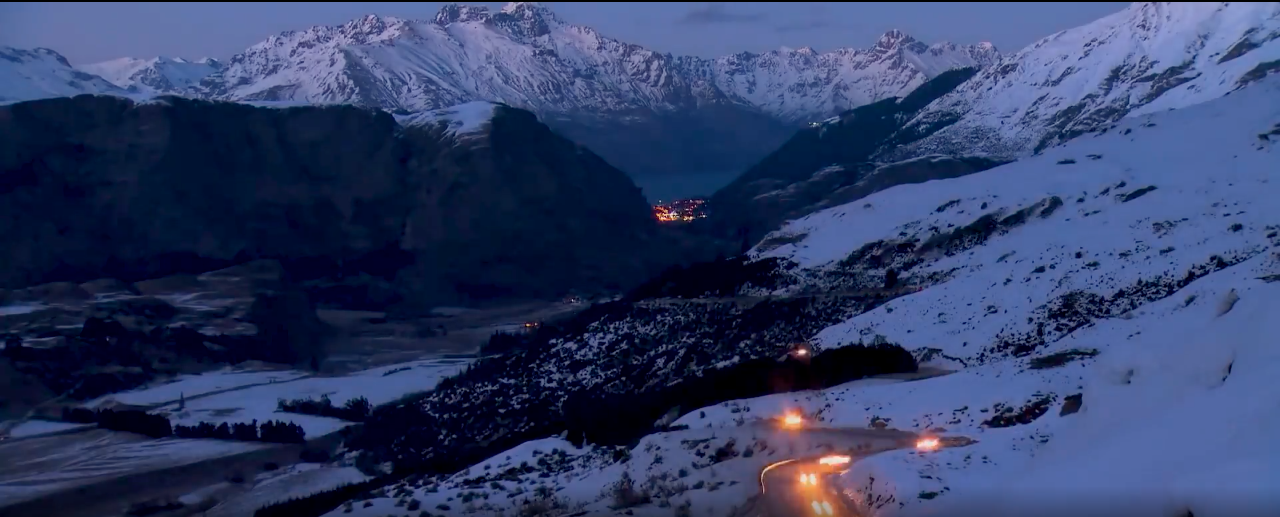WELCOME TO NEW ZEALAND
100% Pure New Zealand

About New Zealand
THE BEST TO SEE AND DO IN NEW ZEALAND
New Zealand is an island nation in the southwest Pacific Ocean. The country's varied topography and sharp mountain peaks, including the Southern Alps, are heavily influenced by tectonic uplift and volcanic eruptions.
%2Fzealand-1_e2w3pd.jpg?alt=media&token=31070655-4395-45bb-800f-06afd512a70e)
New Zealand is a wealthy Pacific nation dominated by two cultural groups - New Zealanders of European descent, and the Maori, who are descendants of Polynesian settlers.
It is made up of two main islands and numerous smaller ones. Around three-quarters of the population lives on the North Island, which is also home to the capital, Wellington.
Agriculture is the economic mainstay, but manufacturing and tourism are important. Visitors are drawn to the glacier-carved mountains, lakes, beaches and thermal springs. Because of the islands' geographical isolation, much of the flora and fauna is unique to the country.
New Zealand plays an active role in Pacific affairs, and has special constitutional ties with the Pacific territories of Niue, the Cook Islands and Tokelau.
New Zealand has a population of 5.1 million people (starting 2021). the country's largest city is Auckland. The spoken languages are English (95%) and Māori, the languages of the native Māori people of New Zealand.
And You may have heard of the many natural wonders of New Zealand: the active volcanoes, deep fiords, high snowy mountains, ancient native forests, glaciers close to the beach, active geothermal areas, deep glowworm caves, and spectacular sandy beaches (black, white, and golden). In fact, there is nearly no other country on earth with such diverse and contrasting geological and ecological features, all within a relatively small area. No wonder it's such a great place for stunning film locations, as nearly any landscape can be found.
Historic Sites
Home of Bilbo and Frodo Baggins
A two hour drive south of the Hobbiton Movie Set on a guided tour, with 44 unique hobbit holes, including Bag End (Bilbo's house). On your walk in the heart of The Shire, you will hear the captivating tales of its creation. Along the way, you will see the Green Dragon Pub, mill, double arch bridge and the famous Party Tree.
Visit%2Fzealand-3_j03wio.jpg?alt=media&token=76eaa566-bf83-41e1-a067-9915a4a6470c)
Best City
Auckland City
New Zealand's largest city, there are almost 400,000 people living within the city's boundary and 1.18 million in the greater Auckland area - that's about a third of the entire country's population. The city's population is expected to grow by about 50% over the next 50 years. Built on a narrow isthmus between two island-dotted harbors, Auckland is known for its beauty.
Visit%2Fzealand-2_x0ehb9.jpg?alt=media&token=39441e4e-5727-46b7-8439-e6a7eef1de84)
One Tree Hill
At the top of the hill is an obelisk, a Māori memorial. In front of the obelisk stood a bronze statue of a Māori warrior. The stone obelisk was designed by Abbot Richard Atkinson and completed in 1940, but the opening of the obelisk was postponed until after World War II on April 24, 1948. It was in keeping with Māori custom not to have such ceremonies during bloodshed.
Campbell, like many European New Zealanders of his generation, had expected that Māori would gradually die out and that an impressive memorial would be a most fitting symbol to perpetuate their memory. By the 1930s this had obviously not happened, and some considered the term "memorial" was inappropriate with many Māori objecting to its use. During construction of the obelisk, a suggestion was made that it should be described as a centennial tower to mark the centennial year of the signing of the Treaty of Waitangi and not a memorial.
This volcanic cone was the isthmus' key pā and the greatest fortress in the country. At the top (182m) there are 360-degree views and the grave of John Logan Campbell, who gifted the land to the city in 1901 and requested that a memorial be built to the Māori people on the summit. Nearby is the stump of the last 'one tree'. Allow time to explore surrounding Cornwall Park with its mature trees and historic Acacia Cottage (1841).
The Cornwall Park Information Centre has fascinating interactive displays illustrating what the pā would have looked like when 5000 people lived here. Near the excellent children's playground, the Stardome offers regular stargazing and planetarium shows (usually 7pm and 8pm Wednesday to Sunday, with extra shows on weekends) that aren't dependent on Auckland's fickle weather.
To get to One Tree Hill from the city, take a train to Greenlane and walk 1km along Green Lane West. By car, take the Greenlane exit off the Southern Motorway and turn right into Green Lane West.
Loading...
